Rebekah Coffman joined the Chicago History Museum in May 2022 as the new Curator of Religion and Community History. In this blog post, she talks about her path to CHM and how she approaches her work.
In my first few months at CHM, I have been able to jump into my position with both feet while supporting research across a number of current initiatives exploring the rich and layered histories of Chicago. More importantly, I’ve been questioning what it means to even be a curator of religion and community. These two topics can feel so broad it can be hard to define them. Some days, it’s a boundless opportunity. Others, it’s a grueling challenge. Community is messy, and our very human experiences of how we come together have layers of complexity and challenges.
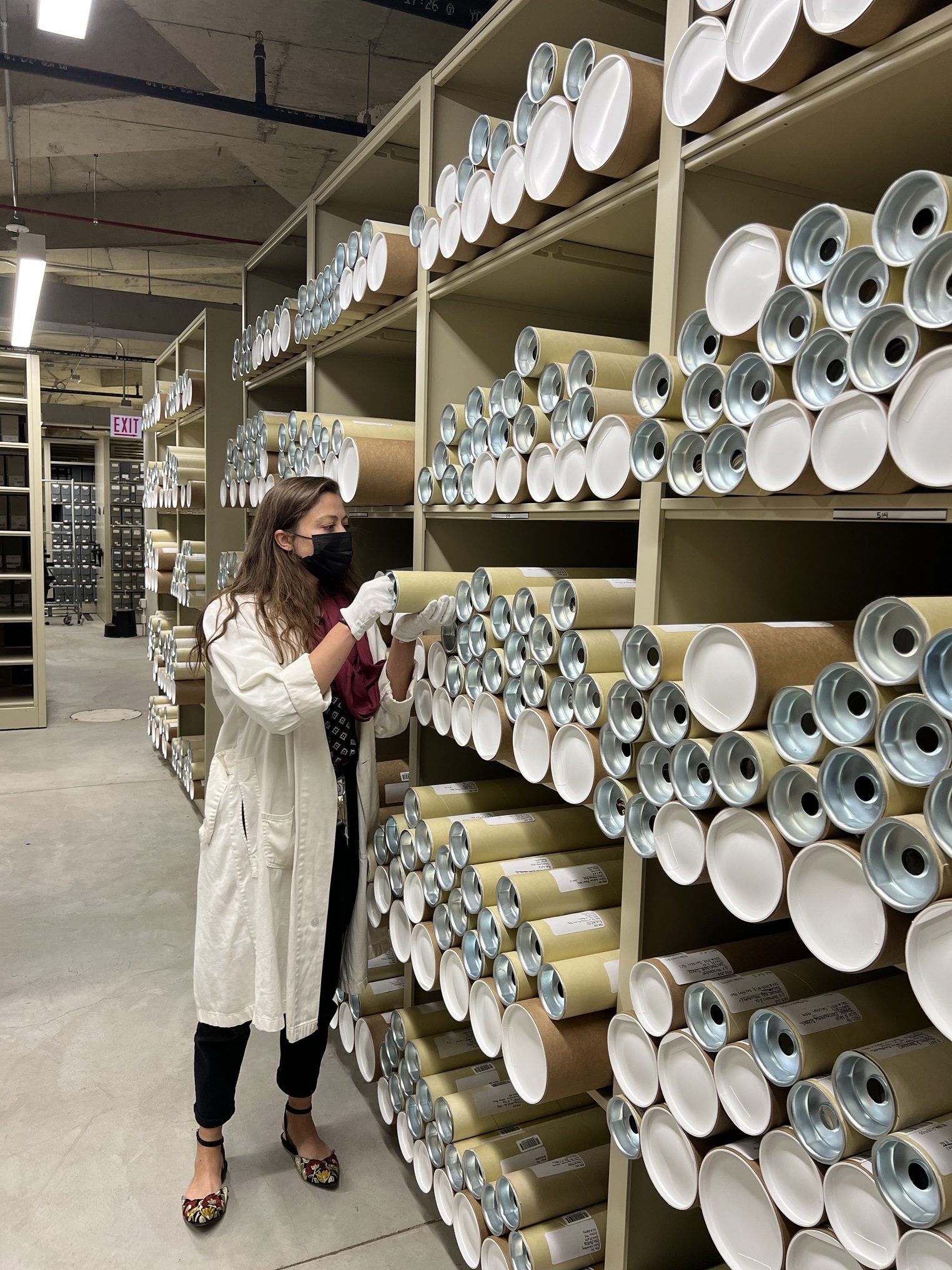
Rebekah handling archival material in storage. All photographs courtesy of Rebekah Coffman.
My path to CHM has been a bit winding, with my professional experiences crossing boundaries between museum, education, and community spaces. Having faith leaders for parents, my childhood was embedded with questions of how everyday life encounters sacredness. As I entered early adulthood, I found myself dissecting the intersections of representation and religious identity in my undergraduate studies. I realized how much of our daily lives were saturated—materially and visually—in spiritual heritages and how these references could be distorted to create division or centered to find common ground and mutual understanding. As part of an interfaith religious scholars program, I read Eboo Patel’s Acts of Faith: The Story of an American Muslim, the Struggle for the Soul of a Generation and found resonance in conversations of peaceful plurality. I used this as fuel to forge a path to studying a dual degree in art history and religion. After years working in and around the heritage sector and religious spaces, I later pursued a graduate degree in architectural history, focusing on places of worship that have been historically used and reused by communities of different faiths and cultural backgrounds.
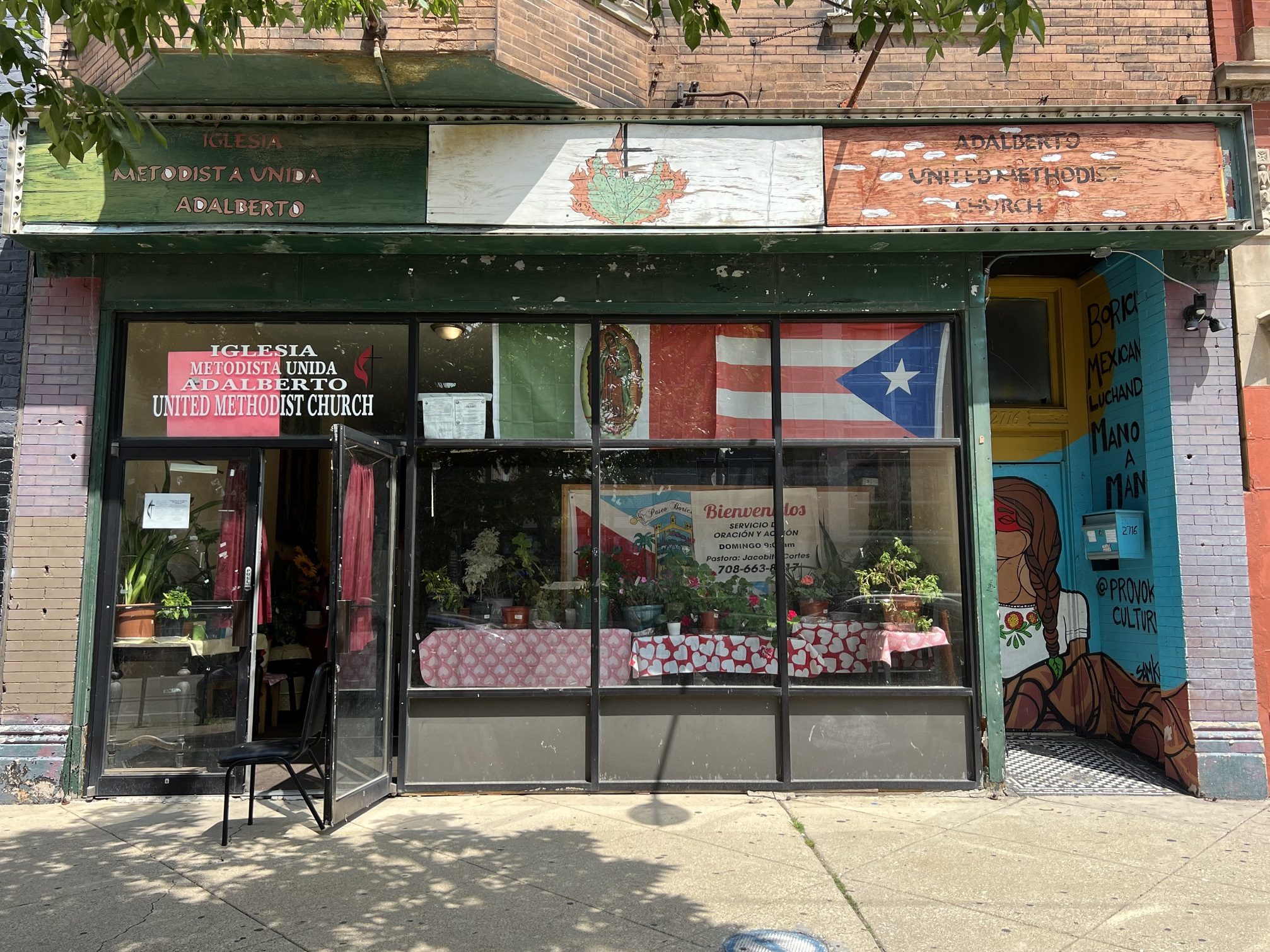
Adalberto Memorial United Methodist Church in Chicago’s West Town community area is an example of a storefront church.
I’ve realized the common thread of much of this work has been themes of community and belonging:
- What does it mean to create, cultivate, and preserve a shared sense of history and identity?
- How do we take something as personal and internal as belief and make it external and appearing in physical space?
- How do we create a safe space to explore these themes?
- How do we uplift the experiences of those who have been silenced or forcibly forgotten in these narratives?
For me, these questions are not something that can be answered alone. They depend on the work of a community. The word “community” implies having something in common—be that geographic lines, traditions, interests, cultural backgrounds, racial or ethnic identities, religious practices, or shared goals. This can feel like something that is simultaneously inclusive and exclusive, something that’s bounded by commonality while creating a sense of an “other.”
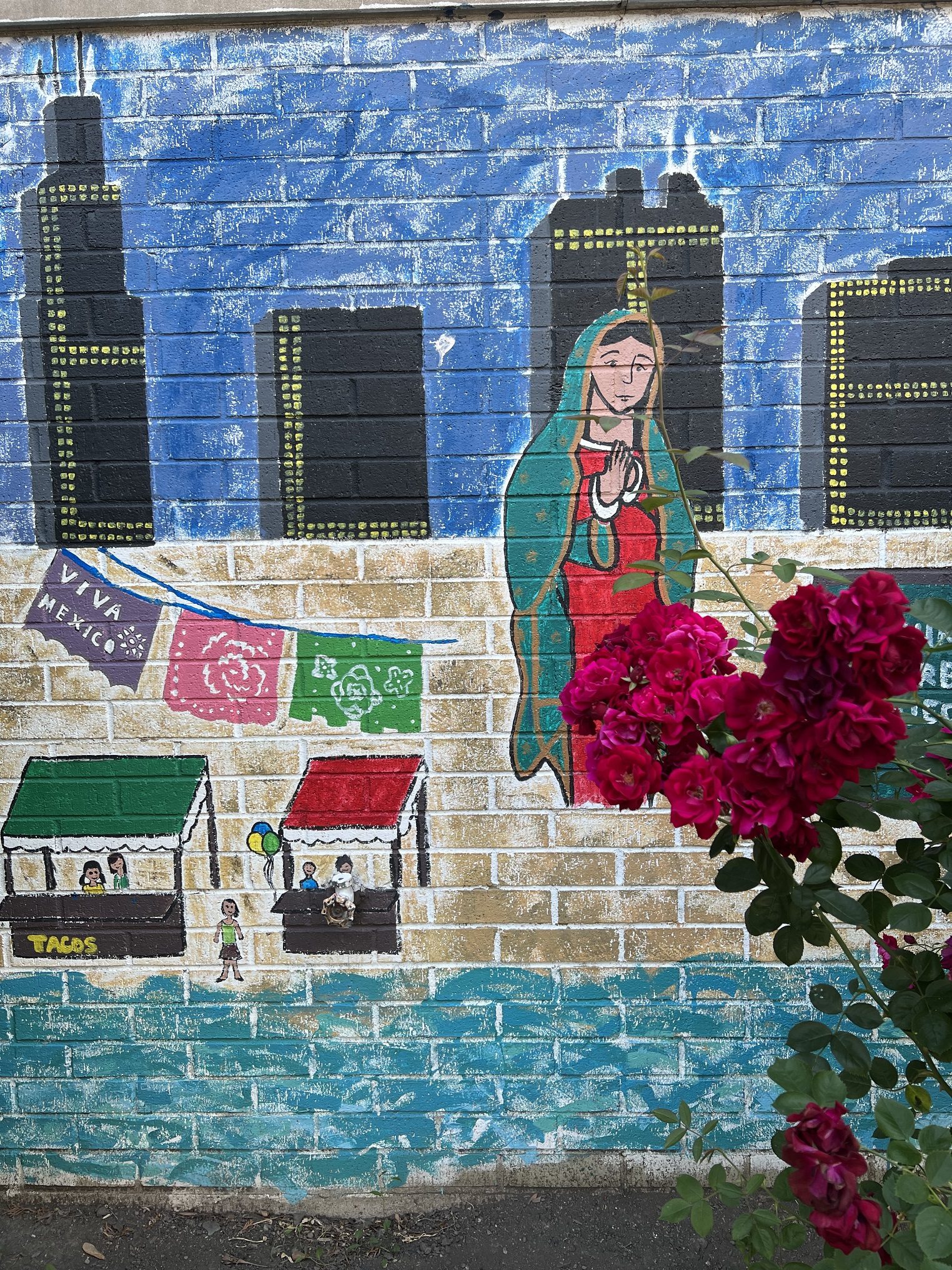
A mural in Chicago’s Back of the Yards neighborhood depicting the Virgin Mary, the city skyline, and two small vendor tents, one of which is selling tacos.
Places of worship have been a common way community is formed, making religious identity important to shaping our historic landscape. Identity is demarcated in space through coming together. This not only takes shape through built form but in finding common purpose, making community more than a boundary but also an action—to be in community. A subtle shift in language makes it something you know when you feel, see, and experience its presence or absence.
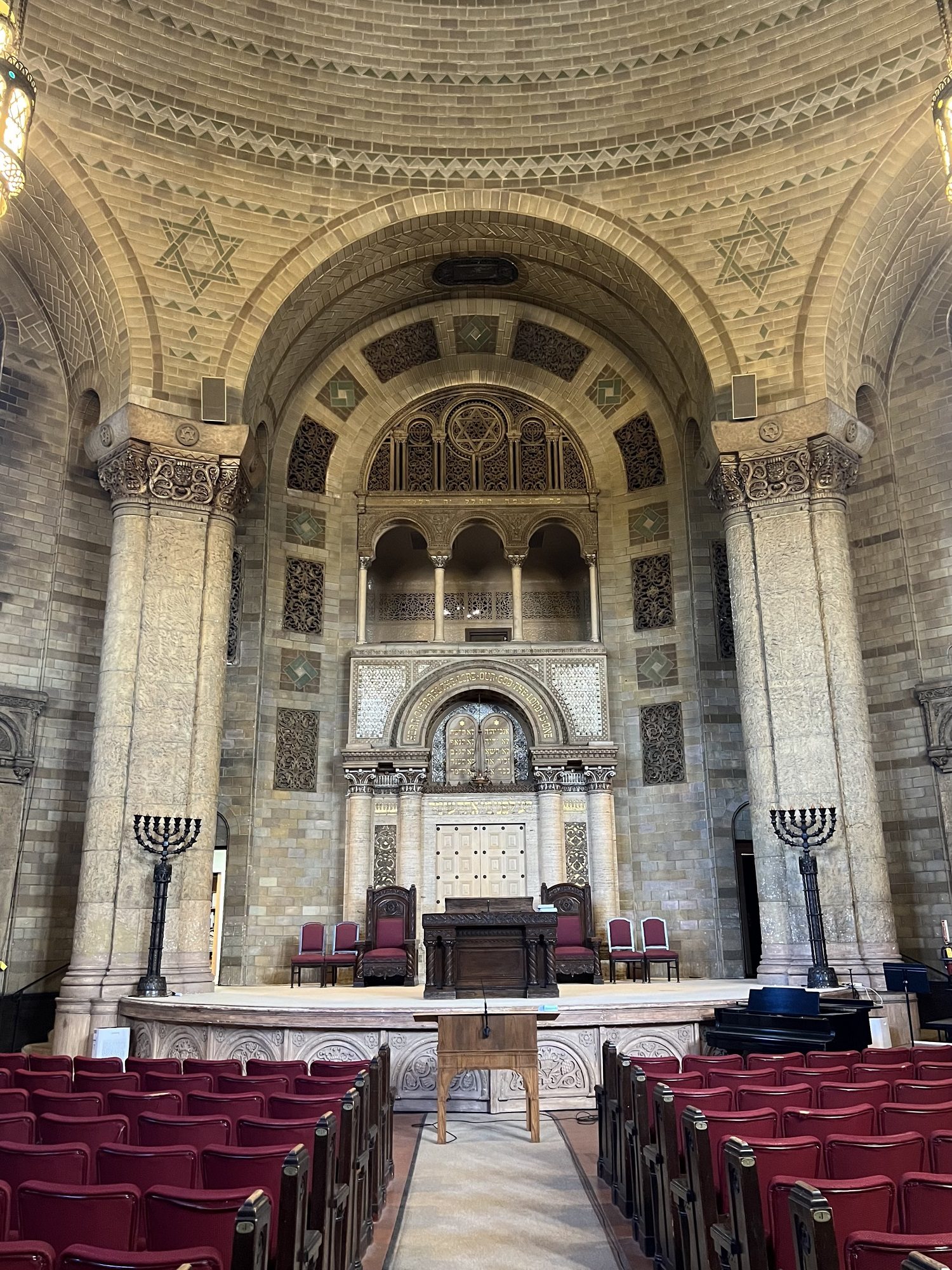
Located in Chicago’s Kenwood neighborhood, Kehilath Anshe Ma’arav (KAM) Isaiah Israel was founded in 1847 and is the oldest synagogue in Illinois.
To put this into practice, I continue to frame my work today through ideas of shared space and sense of place. As with many institutions that face legacies of being historically exclusionary, how can we confront tensions openly and honestly to create communal belonging? It takes movements. As Patel writes in Acts of Faith, “Movements recreate the world. A movement is a growing group of people who believe so deeply in a new possibility that they participate in making it a reality.” It’s my hope that, through this work together, we can create a new reality of equity, equality, justice, and truth coming together for sharing Chicago stories through the remnants and rhythms of its religious past and present.
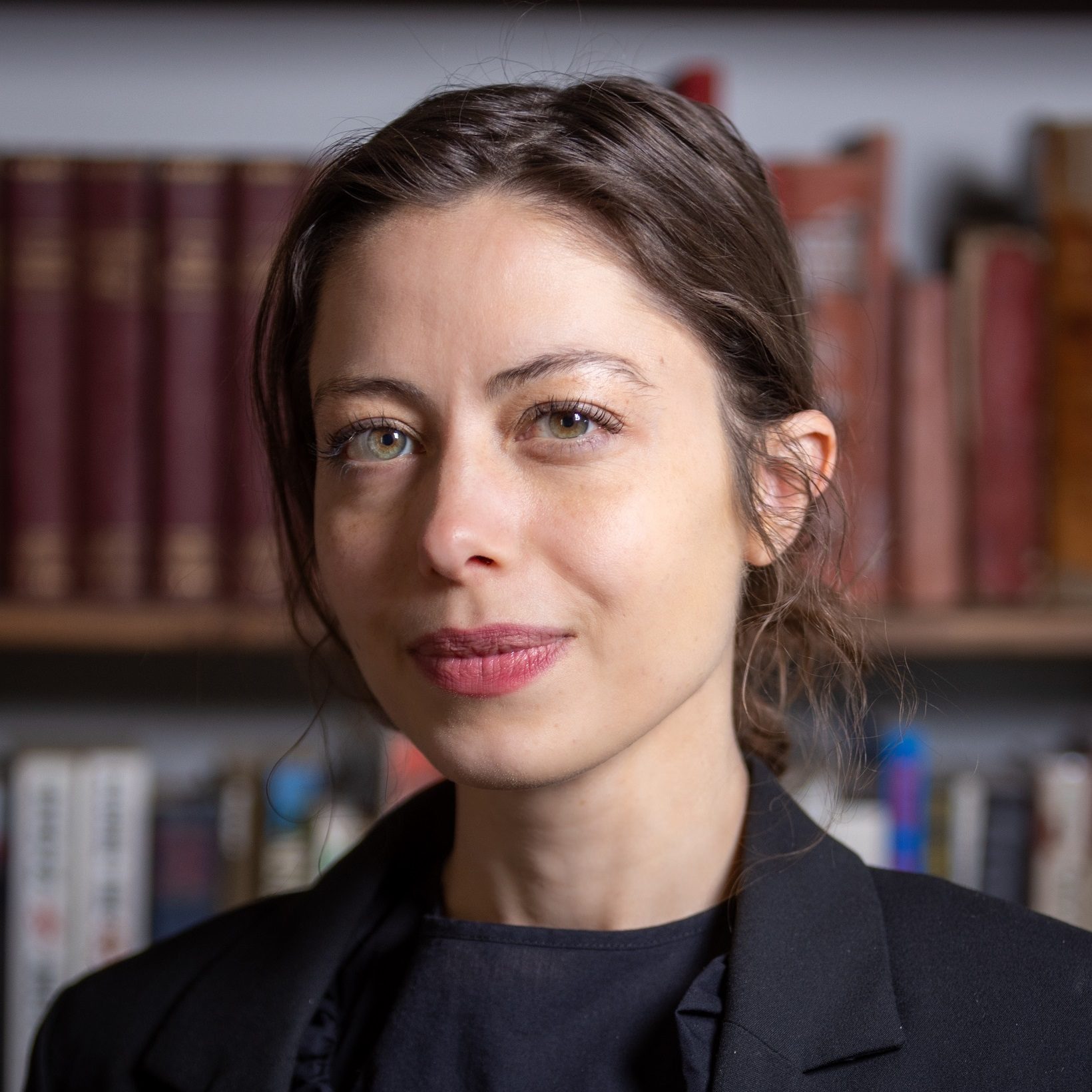
Want to know more? Rebekah will be answering questions on Instagram during Ask a Museum on Wednesday, September 14, 2022!
See what other's are saying!